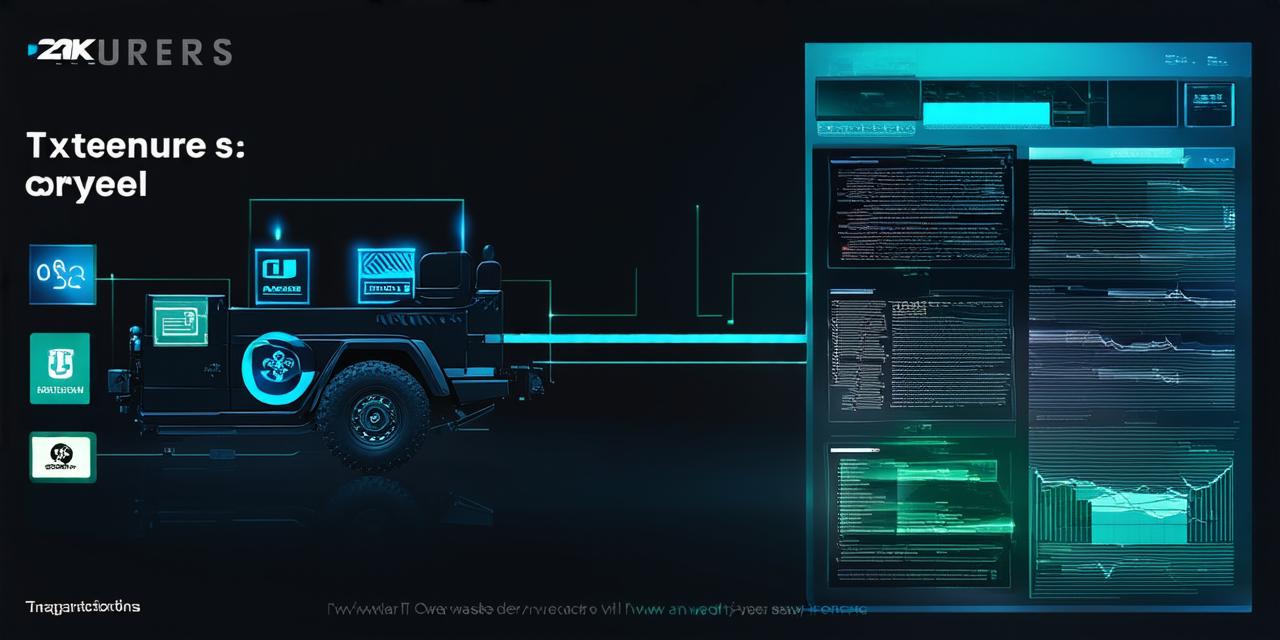Understanding Transactions
A transaction is a set of instructions that represent an exchange or transfer of value between two parties. For example, a transaction could be the transfer of money from one account to another, the sale of goods, or the execution of a smart contract.
Blockchain Architecture
A blockchain is a decentralized and distributed database that contains a list of transactions in chronological order. Each block in a blockchain contains a set of transactions, and each transaction is verified and validated by the network before being added to the block.
How Transactions are Added to a Blockchain
Transactions are added to a blockchain through a process called mining. Mining involves solving a complex mathematical problem that verifies all of the transactions in a block and adds them to the blockchain. This process requires a significant amount of computational power and can take several minutes to complete.
Case Study: Bitcoin Mining
Bitcoin mining is one of the most well-known examples of how transactions are added to a blockchain. In the early days of Bitcoin, miners used their personal computers to mine blocks. However, as the network grew and more users joined, specialized mining hardware was developed to speed up the process.
Today, Bitcoin mining requires an enormous amount of computational power, with some mines using thousands of servers to solve the complex mathematical problems required to mine a block. As a result, Bitcoin mining has become increasingly expensive, with some miners making millions of dollars per year while others struggle to turn a profit.
Real-Life Examples
There are many other examples of how transactions are added to a blockchain in various industries. For example, in the financial industry, blockchains are being used for cross-border payments and settlements, with institutions like SWIFT and Ripple using the technology to facilitate fast and low-cost transactions between banks.

In the supply chain management industry, blockchains are being used to track the movement of goods from the point of origin to the end consumer. This helps to ensure that products are authentic and have not been tampered with during transportation, reducing the risk of fraud and counterfeit goods.
FAQs
How long does it take to mine a block on a blockchain?
The time it takes to mine a block varies depending on the network and the difficulty level. For example, Bitcoin mining can take several minutes to complete, while other networks like Ethereum can take up to 20 minutes per block.
What is the purpose of mining in a blockchain?
Mining is used to verify all transactions in a block and add them to the blockchain. This process helps to ensure the integrity and security of the blockchain.
Is mining environmentally friendly?
The environmental impact of mining can be significant, with some cryptocurrencies like Bitcoin consuming vast amounts of energy to mine a block. However, there are many initiatives underway to make mining more environmentally friendly, such as using renewable energy sources and optimizing mining processes.
Conclusion
Transactions are added to a blockchain through the process of mining, which involves verifying all transactions in a block and adding them to the blockchain. This process helps to ensure the integrity and security of the blockchain, and is used in various industries such as finance, supply chain management, and more. As blockchain technology continues to evolve, we can expect new and innovative ways for transactions to be added to the blockchain.
